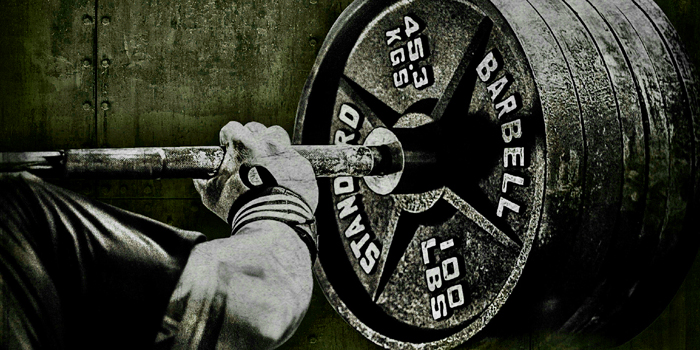
After sustaining multiple low back issues the past year, I'm now focusing on being a bench press specialist for the next year or so (both raw and equipped). I'm currently in meet prep for the 2018 XPC Bench Bash on the main stage at the Arnold Expo in Columbus, OH. I'll be competing at 132 in multi-ply on Sunday, March 4th, 2018.
For programming and coaching inquires, please email SmitleyPerformanceSystems@gmail.com or visit brandonsmitley.com
It's often stated in our powerlifting circles that conjugate training doesn't work for raw powerlifting. Or even, more are looking to the knowledge to learn more about conjugate training. The fact is, many people need a brief understanding of the conjugate system and concurrent system. These are different systems, and quite frankly their uses in programming can be used differently. I'm going to use some Russian texts and other information to help you understand how you can use these systems to get the most out of your training and programming.
So to start things off, let's get some definitions out of the way.
According to Supertraining, "The concurrent system involves the parallel training of serveral motor abilities, such as strength, speed and endurance, over the same period with the intention of producing multi-faceted development of physical fitness." (Supertraining, 292).
On the other side of the coin we have the conjugate sequence system which "involves successively introducing into the training programme separate, specific means, each of which has a progressively stronger training effect, and coupling them sequentially to create favourable conditions for eliciting the cumulative effect of all the training loads." (Supertraining, 292).
So what do these really mean to us as athletes and coaches?
Quite simply, in a concurrent system we are training multiple qualities at the same time. That can be either in the same training session or in the same microcycle (usually a week). And with our conjugate sequence system, we are taking different aspects of the training and aligning them so that the results build off of each other.
A conjugate sequence system is almost like a block style of training. One block might address aerobic glycolosis (general physical prepardness for lifters), the second emphasizing mixed anaerobic work (heavier based hypertrophy work, usually from a myofibular standpoint), and the third focusing on the ATP-CP system (strength and power work). The key to note is that all these separate blocks must contain some form of all the blocks for it to be successful, just the distribution of these will vary based upon the time of year for the competitive athlete.
Continuing to look at the literature, L. Matveyev states, "It presupposes, in particular, the drawing of the method of executing prepartory exercises, which serve as the means of moulding physical abilities, closer to the specifics of the technique of competitive actions being formed; the execution of the exercises including earlier formed competitive actions (or their elements) with additional weights which intensify the effect of a single action on the development of the motive skills and qualities." (Fundamentals of Sports Training, 127).
Basically, we're attacking weak points that help develop the motor qualities we need in pieces, and as the competition approaches we put the pieces together as a whole to build an optimal performance.
How To Implement These Systems For The Powerlifter
Now the question you're probably having is, "Well, how do I implement this into my programming scheme to get the most out of what I'm trying to do?"
Well, we need to look at Louie's work for this, as I think he's been on to something for a VERY long time. Everyone refers to his work as conjugate, and while there are conjugated parts to his methodology, I would argue it's more concurrent in nature from a broader view. Yes, Louie does indeed use conjugate. But I could argue that all programs use conjugation to some degree.
Let's take for example weightlifters. They conjugate their lifts on a session by session basis. They might have a training microcycle that looks like this:
Day 1 - Hang Snatch, Overhead Squat
Day 2 - Hang Clean, Front Squat
Day 3 - Snatch from blocks, Jerk Work
Day 4 - Clean Pulls, Back Squat
Day 5 - Snatch, Clean and Jerk
Each session progressively builds on the other in a conjugate sequence. We are progressively working towards the competitive movement in each micro cycle. This is just a rough example, but it helps illustrate my point.
One of the biggest issues I see with conjugate training for powerlifting is that no one actually plans their lifts to build of each other. If you would look at my clients programming (and even mine), you'll usually see that weeks build off each other. We might work on increasing range of motion, building up overload, decreasing overload, and changing mechanical disadvantage to get closer to the primary movement that we need to get better at. These might wave in multiple weeks, or just be one week after the other. This will all depend on the athlete and where they currently are in their career and level.
At the same time, we are also using a concurrent approach. We are training maximal effort, dynamic effort, and repetition effort (bust out your Supertraining books again). Each training method is worked in the microcycle to help develop all the fitness qualities.
I would argue that if you want to really be doing "congjuate" programming, you need to implement conjugate and concurrent based training (maybe this is what "Westside" training really is?). You can even do another program and still be using a conjugate sequence system and concurrent system within it. And more than likely you probably are and don't even realize it.
Let's take a look at a common program like Jim Wendler's 5/3/1 protocol with joker sets. Here might be a sample lower body training session:
A1) Squat - 65%x5; 75%x5; 85%x5+; Joker set 1; Joker set 2; Joker set 3 (max single)
B1) Speed Deadlift - 70%x10x1
C1) Leg Press - 3x15
D1) Leg Extensions - 3x20
D2) Leg Curls - 3x20
E1) Trunk Work - 4-5 sets
As we'll see, we have all the methods involved (max effort, dynamic effort, and repetition effort) and are training them concurrently. Let's say the previous cycle had us using a high bar squat. There would be our conjugation. Our competition squat would be building off the high bar squat since it's harder from a mechanical advantage standpoint.
Sample Conjugate Sequence Progressions for Powerlifting
This will be a bit difficult to address all the specifics, as it will always depend on what the athlete needs, but this would be a good place for you to get an idea of how to conjugate things for each lift. Of course, the more tools you have access to, the better and more variety you could obtain (specialty bars, bands/chains, boxes, boards, etc.).
Squat
Cambered Bar Box Squat vs Chains
SSB Box Squat
Front Squat
High Bar Squat
Competition Squat
Bench Press
2 Board Press vs Bands
Swiss Bar Floor Press
Reverse Band Bench Press
Close Grip Bench Press
Competition Bench Press
Deadlift
SSB Good Morning
Snatch Grip Deadlift off 2" Blocks
Opposite Stance Deadlift
Deficit (1.5") Deadlift, Competition Stance
Competition Deadlift
You'll notice that as each exercise changes, it gets closer to the competition movement, and usually will go from a harder movement to a more favorable one.
Conjugating Your Training Blocks
If you would speak with any of my clients or training partners, we actually emphasize some block based work in our programming. This is because I am using conjugate sequence to help develop certain abilities at certain times. Again, this will all depend upon how your competitive calendar is looking, but in general your training should have structure from a global view.
Post Competition Phase: 1-2 weeks, pure rest or light work
Post Meet Hypertrophy Phase/General Physical Preparedness : 4-10 weeks, high variation and more bodybuilding in nature. No competition lifts, and ideally no spinal loading. Rep ranges of 10-30.
Hypertrophy Phase (Barbell): 4-10 weeks, high variation and implementing barbell work. No competition lifts. Max effort work in the 6-10 rep range. Higher rep accessory work.
Strength Phase: 4+ weeks, continued variation, but we will sequenced based upon when meet prep will start. Max effort work in the 1-5 rep range, getting heavier as meet prep approaches. Accessory work can be heavier here, with varied rep ranges as needed.
Meet Prep, Competition Phase: 6-12 weeks, specificity should begin. Max effort work will be controlled to allow for proper peaking towards the tail end of the phase. Accessory work should only be what is needed to continue improvement.
As you can see from above, we are using a conjugate sequence to build up towards the competition. Meanwhile, during this time we will still be using a concurrent system where all qualities are trained, just the amount of each will vary.
Summary
While this was a plethora of information to throw at you, I hope this helps provide more information and more clarity to what the conjugate system and concurrent system are, and how you can get the most of them to benefit your training. If anything, remember that you are likely already performing some type of each to a degree. The important thing to take away here is the term sequence, as your training should have a sequence and reasoning behind the methods and be structured to give you the best results possible.
If you have questions, please just let me know.









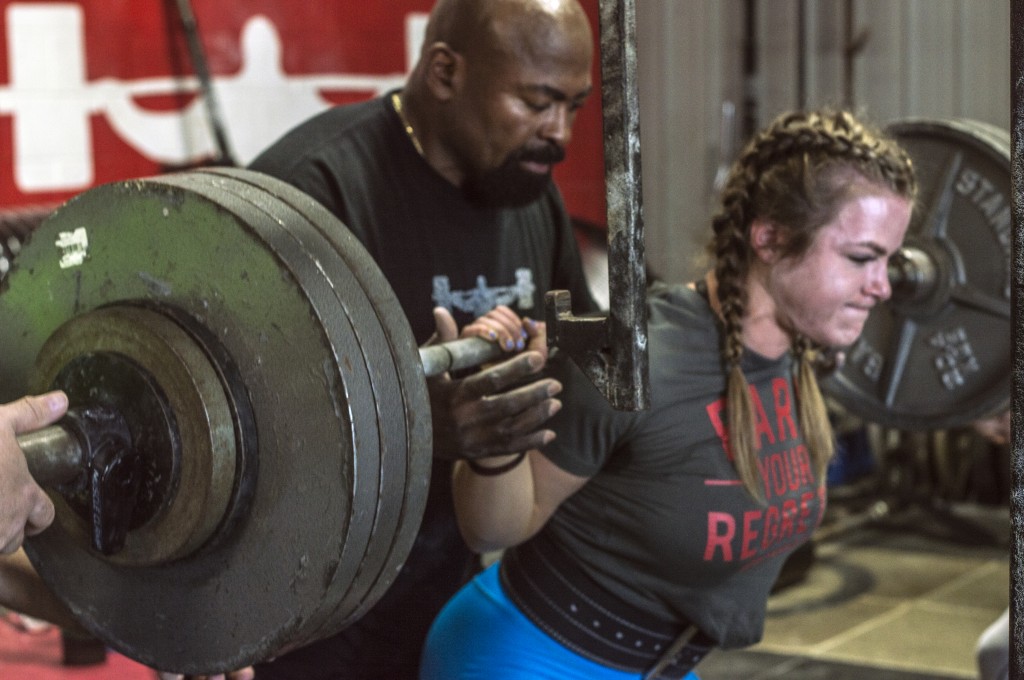
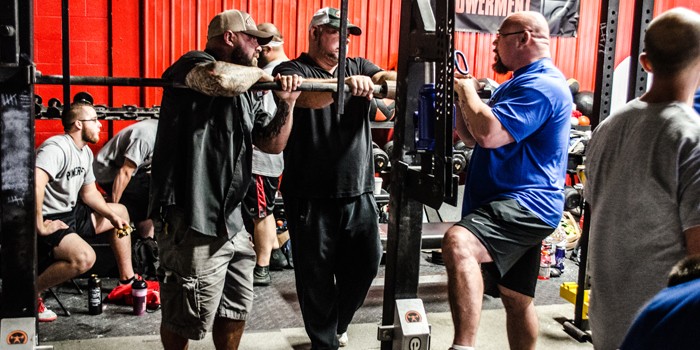
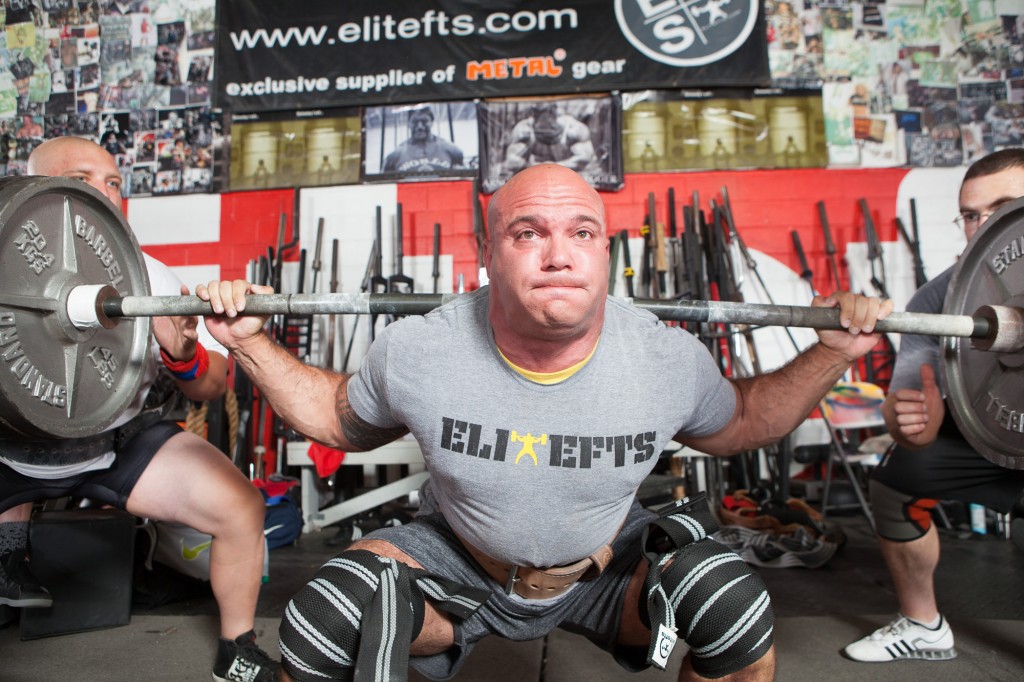
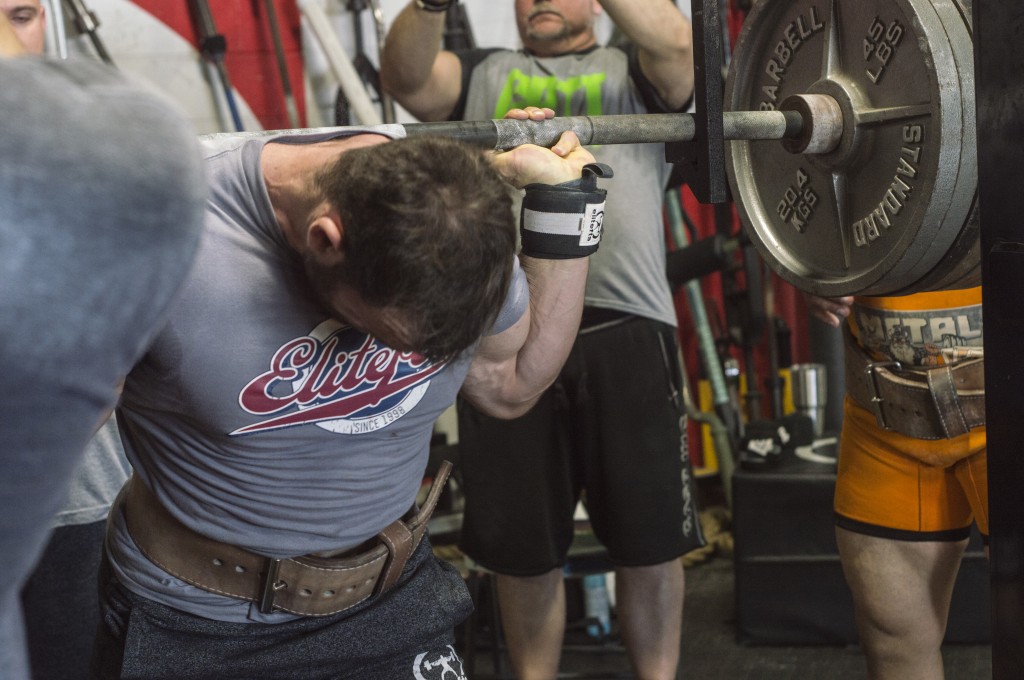
Thanks for reading!
Thanks for reading. Opposite stance deadlift would be the deadlift variation that is the opposite stance you normally use or compete with. So if you are a sumo deadlifter, you would use a conventional stance.
How many sets would you recommend during the hypertrophy phase for the ME lifts? Are you still incorporating dynamic work as well? Thanks for the great info!!
Thanks for the questions. You would still keep your dynamic effort work as is. This is actually where I tend to try different things with that (percentages and sets and reps). This is where I tried my 5x5 with speed work, and feel it helps build up some good conditioning prior to hitting your normal 12x2 or 10x3 work.
As for the max effort work, generally you would work up to one heavier set (leaving a tad bit left in the tank), and then maybe 1-2 back off sets if you feel good enough for it. The main goal is to somewhat strain but under more volume and more from a work capacity standpoint. I like waving up in 10's, 8's, 6's, and then 5's. But this can always be varied and trying various things.
Excellent questions though, and thanks for reading!